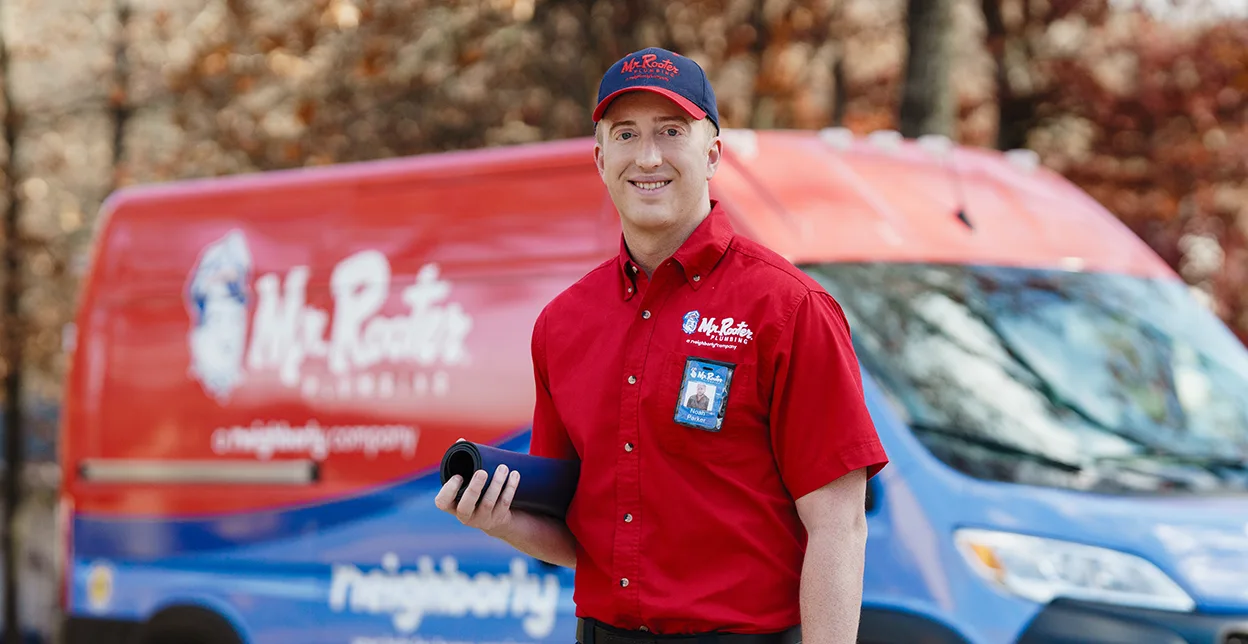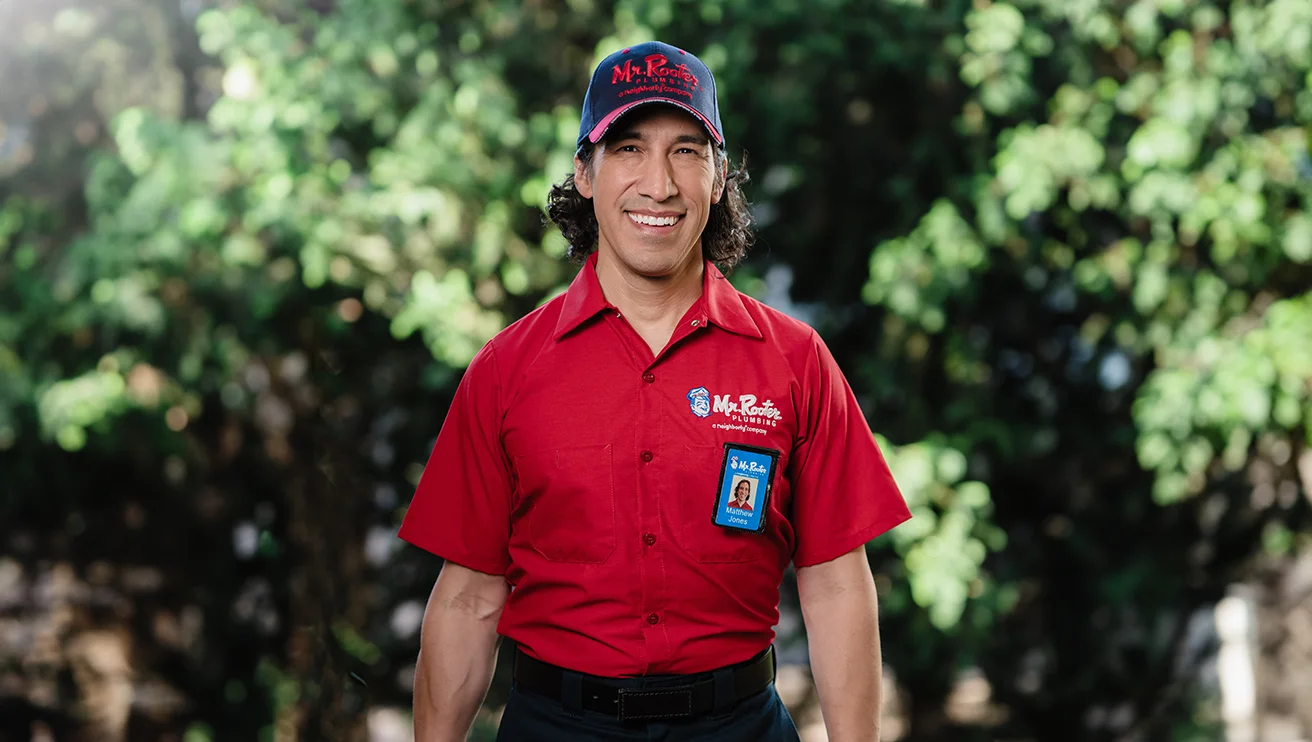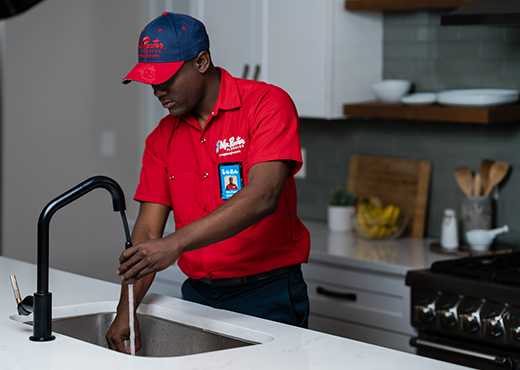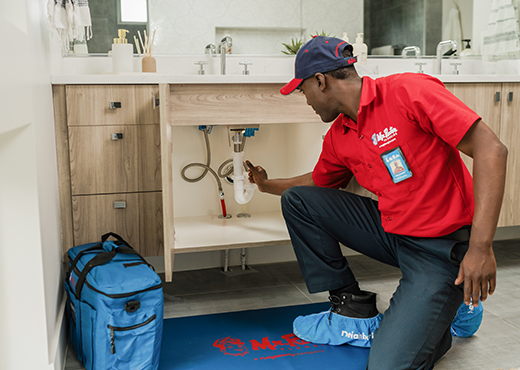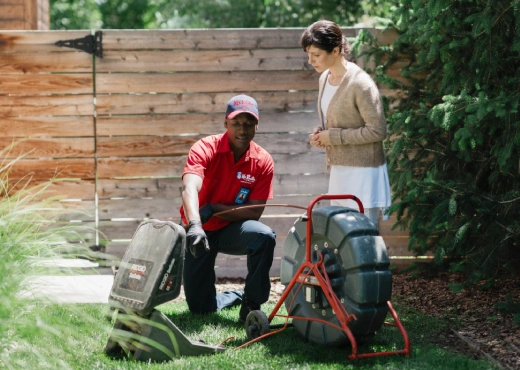Can You Repair a Septic Drain Field
A septic drain field can be repaired, but those repairs can be costly and inconvenient. The best way to minimize the disruption to your home is to catch minor problems before they become serious. Knowing the signs of a failing drain field can mean the difference between a small repair and a major overhaul of your septic system.
Contact Mr. Rooter® Plumbing if you notice any of the following:
- Backed up drains or sewage pipes anywhere in your plumbing system, especially when accompanied by a foul-smelling, dark colored liquid
- Strong smells, standing water or sewage in your lawn above the drainfield area
- Patches of discolored grass above the drainfield area
- Frequent need to pump your septic tank/system (more than once every three years)
Drain field problems can be more accurately diagnosed with a septic inspection. Any of the following signs may indicate that a septic problem is specific to the drainage field and not caused by any other issue:
- Floating scum or liquid rising above the baffles of the septic tank
- Liquid effluent rising above the distribution box outlet
- Discharge of any effluent to the surface of the septic system
